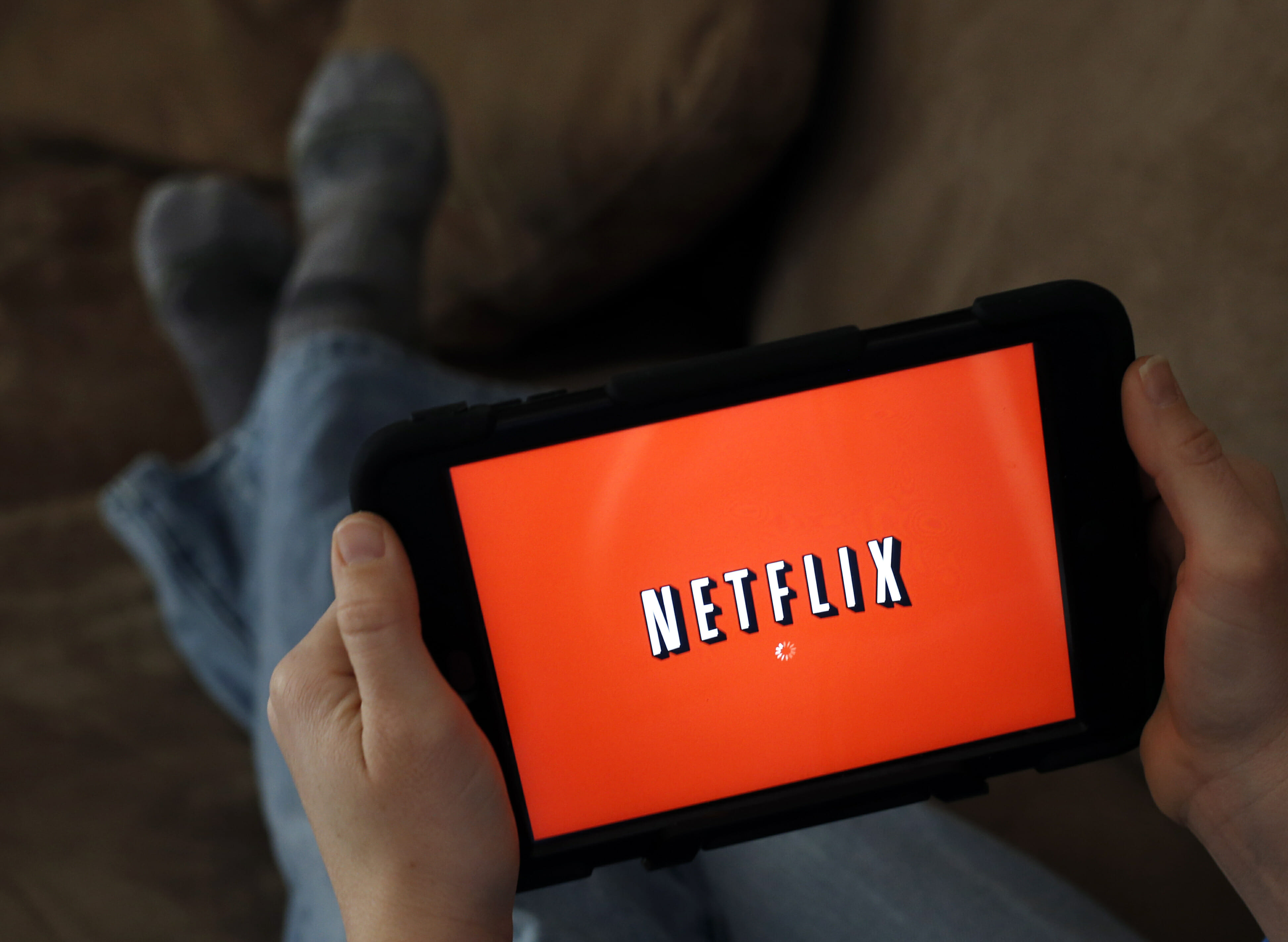
Millennial Money: How to stem 'subscription creep'
From Netflix, Spotify and Amazon Prime to Blue Apron, Birchbox and beer of the month, your debit or credit card statements are likely littered with subscriptions that are costing you dearly.
Not that all subscriptions are bad.
You might be happy to pay a monthly fee to work out at the gym or type in Microsoft Office 365. But maybe the benefits of subscribing to credit monitoring or razors by mail were, uh, more fleeting.
Recurring charges can be insidious, some eating away at your wealth when you don’t value the subscription anymore. Three $30-per-month subscriptions don’t sound like much until you realize they total nearly $1,100 per year.
Inertia leads to a dozen free trials morphing into mainstays on your Mastercard. (Maybe not much longer, though. Mastercard has said it will require merchants to get your approval to proceed with charges after a free trial ends, although it applies only to physical-product subscriptions, like home-delivered sampler boxes .)
“The situation with subscriptions could end up being death by a thousand cuts when it comes to your budget,” says Bruce McClary, spokesman for the National Foundation for Credit Counseling.
Adding to the problem are so-called gray charges, deceptive and unwanted credit and debit card charges that stem from misleading sales and billing practices. They total more than $14 billion a year among U.S. cardholders, or $215 each, per a 2013 study by industry research firm Aite Group.
Here’s how to spring-clean recurring charges so you can spend on things that matter to you more.
— SUBSCRIPTION AUDIT. Job No. 1 is to identify recurring charges. Scan recent payment statements, including credit cards, debit cards or online accounts, like PayPal. Go back 12 months to catch auto-renew annual subscriptions. Don’t ignore the analog world: lawn mowing, home security monitoring, pest-control service and memberships in social and professional organizations. Some credit card issuers, like Citi, identify recurring charges in your online account.
— MULTIPLY BY 12. A frog in a stovetop pot of water will complacently boil to death if you raise the temperature slowly, the saying goes. Accumulating monthly subscriptions is similar. To feel the full impact, multiply monthly charges by 12 to get an annualized idea of what you’re spending. If you see yourself keeping the subscription five years, do that math too. Then, a seemingly insignificant $30-per-month expense becomes $1,800.
“On the surface, subscription costs may seem minimal, but when you add them up it can really pinch your monthly budget,” says Paul Golden, spokesman for the National Endowment for Financial Education. “If you’re putting subscriptions on your credit card, is that hindering your ability to pay off your balance each month? If so, this is a red flag.”
— REASSESS VALUE. Do you use and value the subscription? A gym membership is perhaps the best example of a noble subscription gone wrong — when you quit going but continue paying.
Ask yourself if a subscription saves you money or time. Has it lived up to its promise? Does a delivered subscription box bring you joy or guilt?
“It’s a good idea to do a subscription evaluation on a regular basis — perhaps a couple of times a year,” Golden says.
— IS IT REDUNDANT? If you have cable or satellite TV, plus Netflix, YouTube TV and Amazon Prime Video, you have overlap. “There are so many redundancies across those platforms that you’re more or less paying for the same service over and over again,” McClary says.
The same assessment goes for streaming music services, cloud storage and phone services. Are you hanging on to a landline for no reason?
— OPT TO SHARE. Can you legitimately share a subscription? “Some of these subscriptions offer a buddy pass,” McClary notes. YouTube TV allows family groups to share subscriptions, and certain New York Times subscriptions come with a bonus subscription to share. Some families choose to group their wireless phones on a single plan to lower costs.
Don’t forget about freebies at your local public library, which can substitute for subscriptions: digital access to books, audiobooks, movies, music and magazines.
— DOWNGRADE. Downgrading or subscribing seasonally can work, too. Can you downgrade from the premium to free version of software or website access? Are you getting value from your credit card’s annual fee? You can probably downgrade to a fee-free card with the same issuer and keep your long credit history.
— CANCEL. Liberally pause or cancel services . You can always restart and re-subscribe later. You might even receive a discount offer to return.
______________________________________________________
This column was provided to The Associated Press by the personal finance website NerdWallet. Gregory Karp is a writer at NerdWallet. Email: gkarp@nerdwallet.com. Twitter: @spendingsmart.
RELATED LINKS:
NerdWallet: Razors, makeup, hot sauce — You can subscribe to almost anything. But should you http://bit.ly/nerdwallet-should-you-subscription-boxes
Consumer Financial Protection Bureau: How do I stop automatic payments from my bank account? https://www.consumerfinance.gov/ask-cfpb/how-do-i-stop-automatic-payments-from-my-bank-account-en-2023/
The Western Journal has not reviewed this Associated Press story prior to publication. Therefore, it may contain editorial bias or may in some other way not meet our normal editorial standards. It is provided to our readers as a service from The Western Journal.
Truth and Accuracy
We are committed to truth and accuracy in all of our journalism. Read our editorial standards.
Advertise with The Western Journal and reach millions of highly engaged readers, while supporting our work. Advertise Today.












